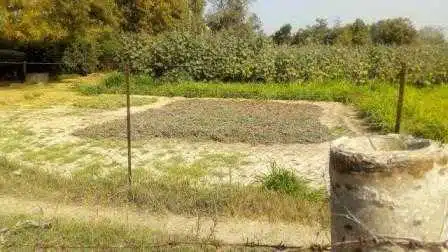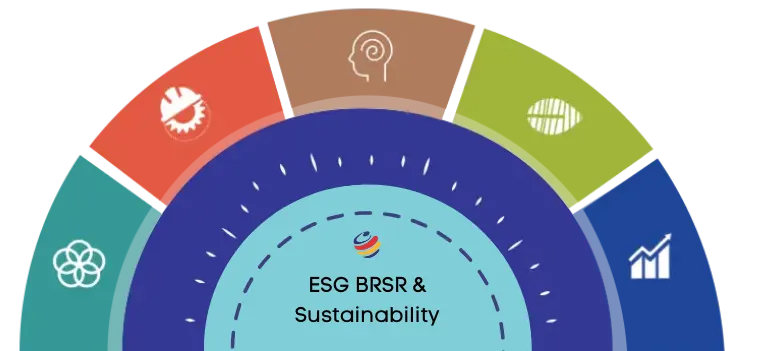Consultivo Blog | Social & Sustainability
The castor seeds are used for the production of castor oil, it is one of the important cash crops in North Gujarat.
Where farmers are adopting new farming techniques to make it economical and high-yielding for them.
Have you heard of our friend “Castor”? Well, Castor is not a human being but a plant.
This February, I went on a visit to North Gujarat for a project under Consultivo sustainability assessment services where I got the opportunity to see the farms producing castor crop.
I wonder how many of us have ever seen castor cultivation.
The weather was nice & cool, just right for the Gujarat visit. During my stay, I also got the opportunity to witness some of the interesting places in Gujarat – the beautiful “Umiya temple” at Unja, the Rani Ki Vaa stepdown well at Patan (an excellent piece of architecture), the partly destroyed Sun Temple at Modera, the Balaram Palace (renovated into a hotel), a palace destroyed by Khilji at Patan, the vandalised palace at Idar fort, etc.
However, my rendezvous with Castor crop is what has enriched me with an experience and knowledge worth sharing.
Meeting Castor On My Trip For Consultivo Sustainability Assessment Services In North Gujarat, India
Gujarat produces over 80 percent of India’s total production of castor. The castor seeds are used for the production of castor oil, which in our childhood, we had to consume this distasteful liquid as a purgative. However, if you search on the internet today, you will be surprised to know about the many medicinal uses of castor oil for glowing skin, healthy hair, etc.
Castor crop is one of the important cash crops in North Gujarat. Almost every farmer there has a plot of land producing castor. The villages in North Gujarat are well developed and very well laid out with concrete roads 20 to 30 feet wide, having beautiful two to three storied houses. However, the cow dung kept for compost in front of most of the houses is an eyesore.
As part of the Consultivo sustainability assessment project, I also observed that most of the farms are following the high water consumption furrow method of irrigation, while some farms have adopted the more modern drip irrigation. Farmers are adopting new farming techniques to make it economical and high-yielding for them. Bullocks are used no more for ploughing. Farming is done using tractors of various sizes. Cow urine & dung is used to make organic compost which is used extensively as the soil nutrient.
During this project, I got the opportunity to interact with the farmers and I came to know that they seek advice from the Gujarat Agricultural University on the type of seed, fertiliser & pesticides to be used. Crop rotation is done and inter-cropping has been adopted in many farms to achieve the “zero budget” farming. It was a treat to see the progress made in the villages of Gujarat, including our Prime Minister’s constituency.
Now, let me share some more interesting facts about the castor crop:
- In India, it is mainly grown as a Kharif crop in major producing states such as Gujarat, Andhra Pradesh, Rajasthan and Karnataka.
- India is the biggest exporter of castor oil, accounting 70 per cent of the total international market, followed by China and Brazil.
- Rajkot, Ahmadabad, Mehsana, Deesa, Jedcherla and Yemignoor are the major physical castor markets in India.
- Among all, Gujarat is the key growing state followed by Andhra Pradesh and Rajasthan.
- Castor seeds are sown in July-August and the arrivals happen from December till the end of March.
- Along with India, China, Brazil, Russia, Ethiopia and the Philippines are the major producers of castor which account for 88 per cent of the total world production.
It was quite a unique & enriching experience for me to explore and know about the castor farms & cultivation in North Gujarat apart from the local sights & places. I am glad that the castor crop farmers are incorporating elements of sustainable development in their farming methods & techniques which is a great step towards sustainability and I hope many more people will get to know about it now.


At the castor crop cultivation farm
Share this post
Category: Blog
Tags: Social & Sustainability
Related insights
News & Events
Blogs
Blogs
View more in Impact Stories | Blogs | Knowledge Bank | News and Events











